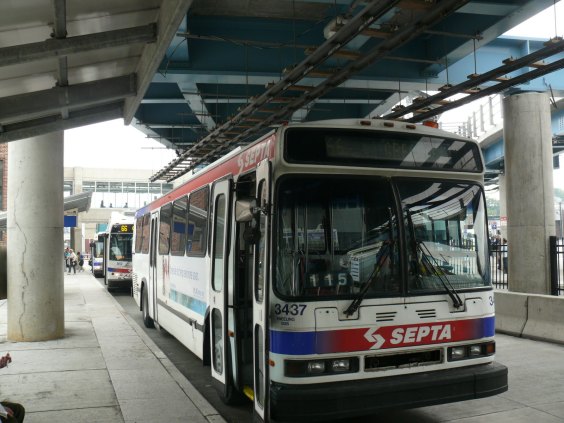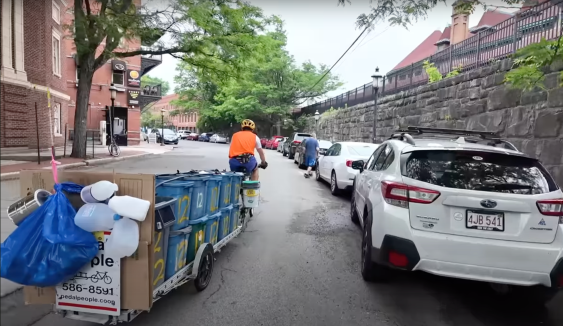Last June, Transportation for America brought the nation’s attention to the fact that older Americans are increasingly stuck in the suburbs without adequate transportation options, leading them to see family and friends and even doctors less. That same month, the Senate Banking Committee held a hearing on transportation access for older Americans.
The debate raged: Was transit expansion the answer to the mobility crisis? Or should seniors be moving to more walkable neighborhoods? Could resource-starved local transportation authorities support more paratransit services? Or would driverless cars save the day, as proposed by Randal O’Toole of the Cato Institute?
Now, a transportation research group known as TRIP has teamed up with AASHTO to produce a new report on how to keep baby boomers mobile as they age [PDF]. Their solution: brighter signs and wider lanes.
TRIP and AASHTO also mention designing and operating roads to accommodate all users – “when appropriate.” They throw a few bones to pedestrians, like refuge islands and countdown signals. But they must not have been thinking about the safety of those pedestrians when they suggested widening lanes, adding left-turn lanes, and making roadway curves more gradual. As David Burwell of the Carnegie Endowment’s climate program says, those changes would just create “more pavement for those pesky walkers and bicyclists to cross.” TRIP also suggests adding rumble strips to alert drivers when they’re leaving the lane – and, of course, to leave cyclists riding on the shoulder miserably saddle-sore by the end of their ride.
And as for “clearer, brighter and simpler signage with larger lettering, including overhead indicators for turning lanes and overhead street signs” – the number one recommendation in the report? “Great idea,” said Burwell. “And how about the pedestrians, bicyclists and other road users — maybe we all should be required to carry bright signs in large letters saying ‘Please don’t hit me!’”
TRIP’s recommendations don’t end with street treatments. They’d also like to see training and monitoring for drivers as they get older, though they mention several times that older people “self-regulate” their driving, sticking to familiar routes during daytime, off-peak hours. (Expecting to solve the problem of unsafe senior driving through “self-regulation” is kind of like trying to solve the immigration crisis through “self-deportation.”)
And of course, since crashes are a fact of life when we’re talking about automobiles, TRIP wants to make sure the cars are “crashworthy” and that the drivers are wearing seat belts. They also suggest intelligent “crash avoidance technologies.” They don’t specify what technologies they mean, but it’s probably things like automatic braking and steering away from a potential collision – sort of like Randal O’Toole’s fabled self-driving cars.
Does transit factor into TRIP and AASHTO’s vision of a safer and more independent future for seniors at all? Barely. They promote accessible vehicles and stations and give only the briefest mention to expansion of “bus and transit routes,” ride-sharing and paratransit services – the items that T4America focused on in its report on the subject.
There is no one easy solution to the mobility problems of America’s aging population, but TRIP seems to assume that the main answer lies in keeping seniors in their cars. The report states that older people “may be physically unable to use other modes such as transit, walking or cycling.” According to the authors, 90 percent of travel by those 65 and over takes place in a private vehicle, though that rate falls to 80 percent for those 85 and up.
More attention to smart growth solutions would be a sensible first attempt to remedy the problem – making sure goods and services are within reach of older residents without requiring them to get into a car in the first place. And transit is still an important part of the answer. Just because seniors don’t currently use transit in large numbers doesn’t mean they wouldn’t if transit frequently and reliably went where they wanted to go.
Surely, there are countless more ways that we as a society could contribute to the quality of life of seniors. Let’s not end the conversation at oversize-type highway signs and left-turn lanes.






